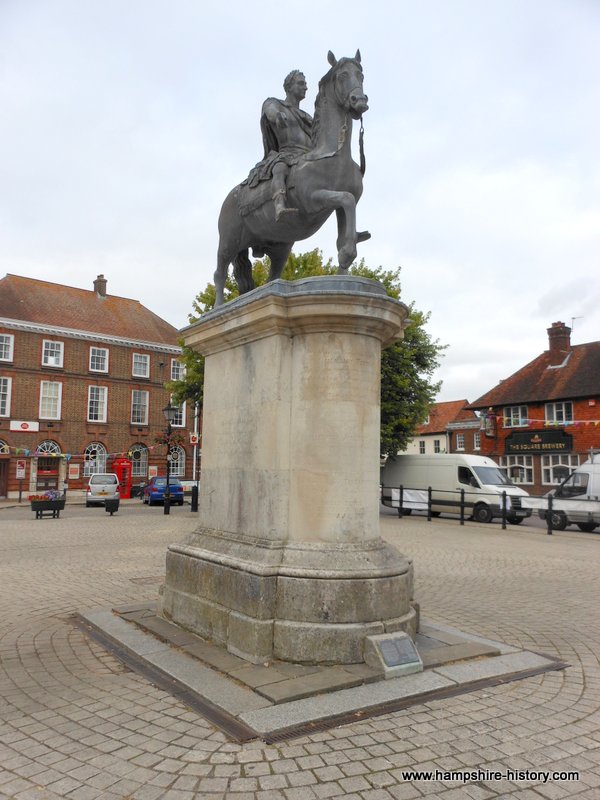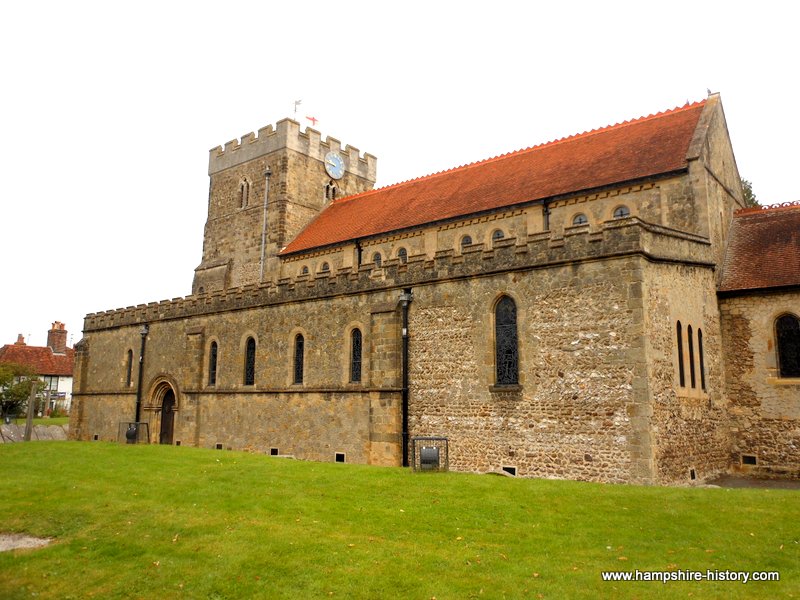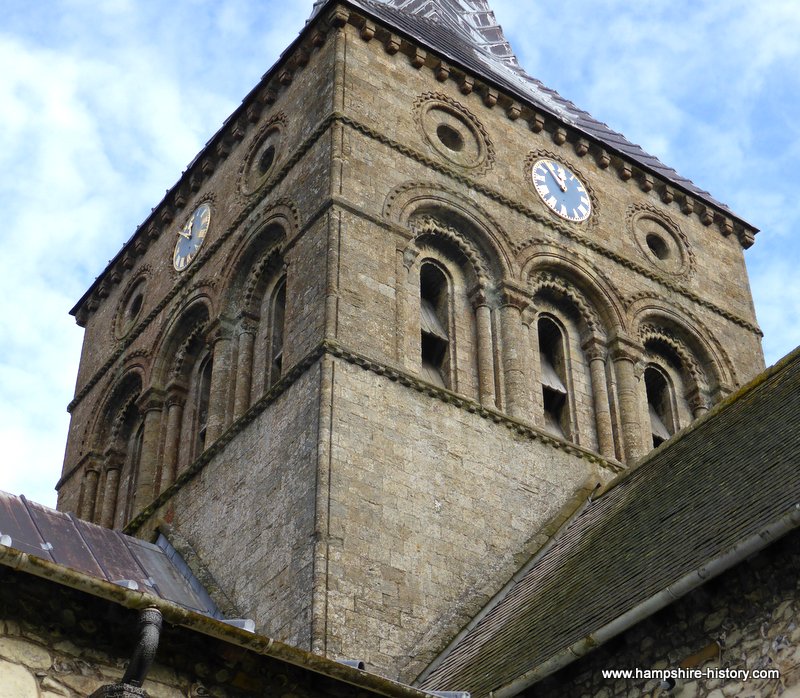King John better known for Magna Carta involved himself in many of the affairs of England before he became King. His associations with people and places were many and varied.
In 1120, Petersfield was granted a charter by William, Earl of Gloucester on his death his widow Hawissa, confirmed it.The Gloucester’s were extremely close to the royal family through marriage, William’s father Robert, was an illegitimate son of King Henry I. When the Countess Hawissa died, they left three daughters.
Not only were they connected to the royal household, the Gloucester’s had amassed a great deal of land and were a very wealthy family.
- King Henry II and Eleanor of Aquitaine, had five sons John, the youngest, was at first not expected to inherit significant lands, in fact John was jokingly nicknamed “Lackland” by his father.
- However following the failed rebellion of his elder brothers between 1173 and 1174, he started to be given land in his own right, both of his elder brothers died young and by the time Richard I became king in 1189, John was a potential heir to the throne.
- Throughout all of Henry’s troubles with France, John spent considerable time, travelling alongside his father, and was given widespread possessions across the Angevin Empire. Henry began to find even more lands for John, mostly at various nobles’ expense.
- In 1176 Henry disinherited the older sisters of Isabelle of Gloucester, youngest daughter of William Earl of Gloucester and Countess Hawissa and betrothed John to the now extremely wealthy Isabella.
- Such a move flew in the face of convention but it was thus, that John, Count of Moreton, came to confirm the Charter for Petersfield, having had the manor bestowed on him upon his marriage.
So John and Isabella were married in 1189.
It is thought that John quite possibly married in All Saints church East Meon and that he lived in the village. Given the important role East Meon played in regard to its association with Winchester, it is quite possible that John lived here. The Archbishop opposed the marriage on account of them being cousins but John’s brother Richard was keen to have him settled in marriage away from possible marriage alliances in France.
In 1198 he confirmed the charter of Petersfield and then in 1199, on his accession to the throne, he granted the manors of Maplederham and Petersfield to Earl Evreux, who had married one of Isabella’s sisters.
Unfortunately, or maybe fortunately for Isabella, John grew tired of her and more so decided upon another marriage that would be more politically profitable to him. He procured a divorce, on the basis that they were cousins and no children resulted from the marriage.
So that is the intriguing connection between King John and the market town of Petersfield but there is another sting in the tale for in 1215, the manors of Petersfield and Maplederham were granted to Geoffrey de Mandeville, John having seized them back from Earl Evreux. Mandeville was Earl of Essex and had married Isabella and paid John well for the grant of the lands.
Occasionally, at times of largess, King John would remember his first wife and send her gifts of cloth and wine
What a complicated web to weave King John…



